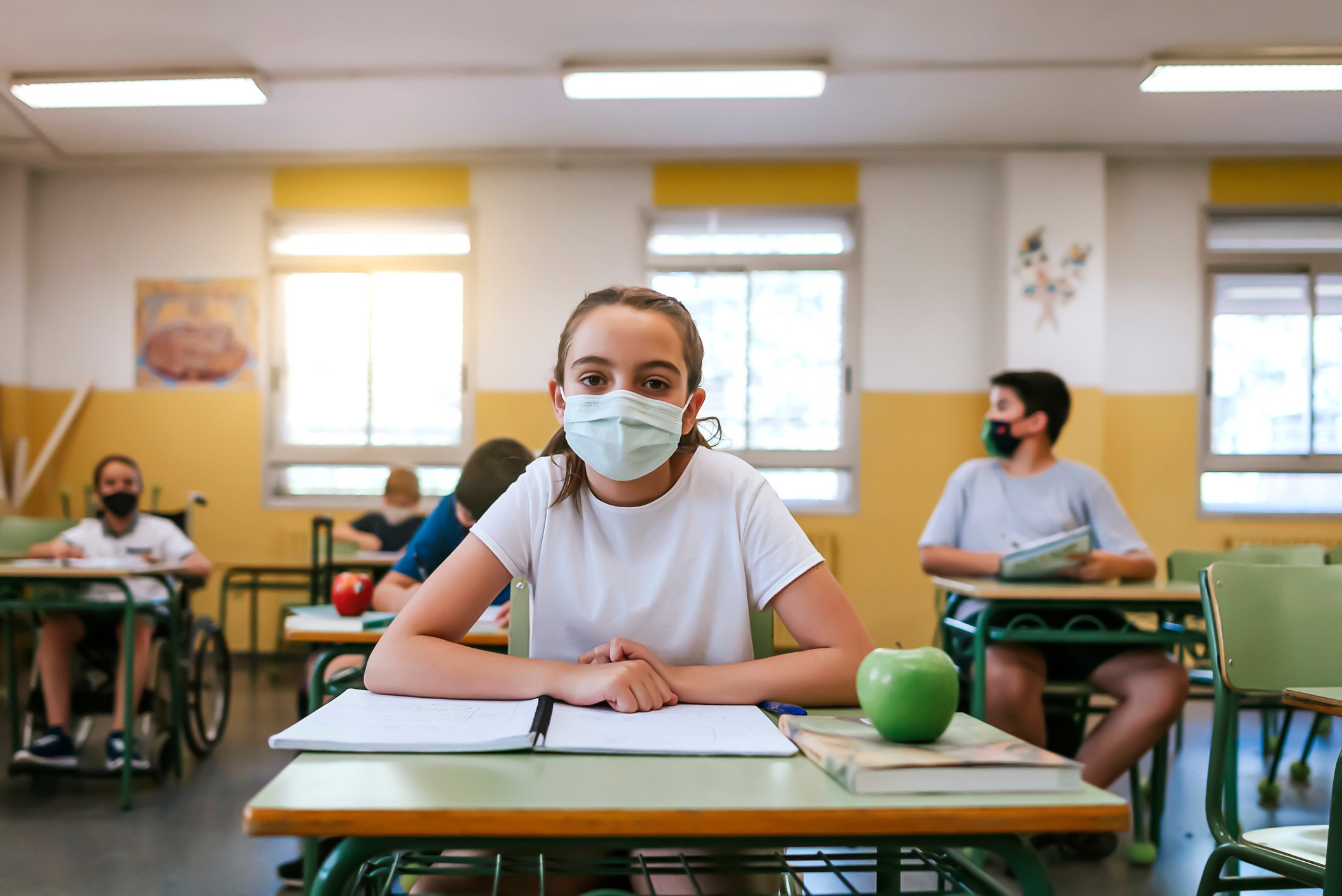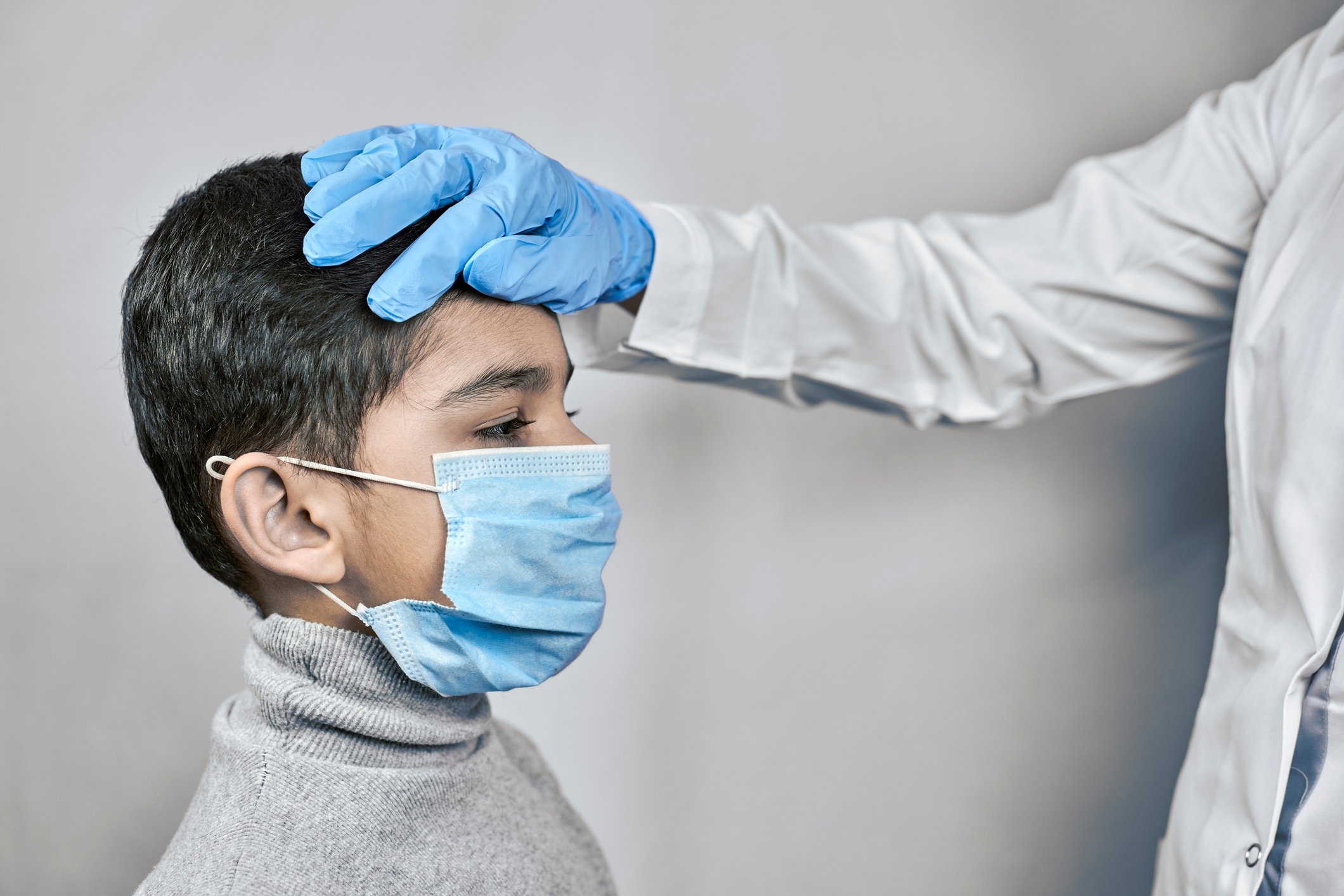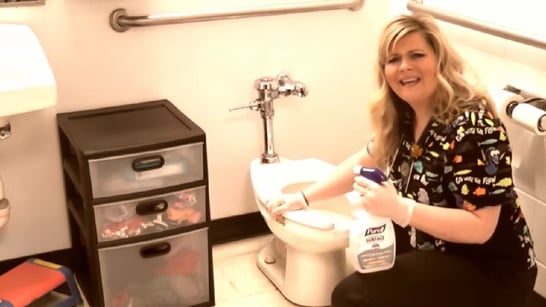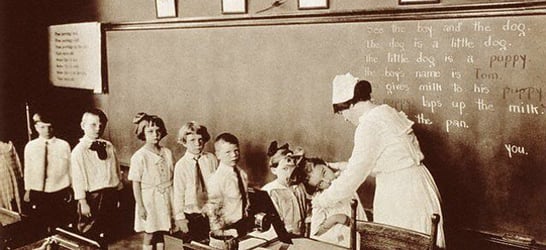As summer winds down and the buzz of the new school year starts to fill the air, one group of unsung heroes is gearing up for a busy and impactful season ahead—our school Nurses. These dedicated professionals are more than just first responders to scrapes and fevers; they play a crucial role in maintaining the health and well-being of students throughout the academic year. Let’s take a closer look at how school Nurses prepare for the start of a new school year and why their work is so vital.
Reviewing and Updating Health Records
One of the first tasks on a school Nurse's to-do list is to review and update student health records. This involves checking that all immunizations are current and that any new health issues are noted. Nurses work closely with parents and guardians to ensure health forms are completed accurately and any necessary medications or medical equipment are ready for students who need them.
Developing Health Plans
For students with chronic conditions such as asthma, diabetes, or severe allergies, school Nurses develop individualized health plans. These plans detail the specific needs of each student, including medication schedules, emergency procedures, and dietary restrictions. This preparation is crucial for ensuring students with special health needs are supported and safe while at school.
Training and Refresher Courses
School Nurses often participate in training sessions and refresher courses over the summer to stay updated on the latest medical practices and guidelines. This might include training on new health protocols, emergency response techniques, or updates on mental health strategies. Staying informed helps them provide the best care possible and respond effectively to any health issues that arise.
Stocking Up on Supplies
From bandages and thermometers to medications and first aid kits, a well-stocked health office is essential. Nurses take stock of supplies and replenish as necessary to guarantee readiness for any scenario that may arise. This also involves checking that emergency supplies, such as EpiPens and asthma inhalers, are in good condition and readily accessible.
Setting Up Health Programs and Screenings
School Nurses often run or oversee various health programs throughout the year. As the school year begins, they may organize vision and hearing screenings, flu shot clinics, and wellness education sessions. These programs are designed to promote overall health and early detection of potential issues.
Building Relationships and Communication
At the start of the year, Nurses also focus on building strong relationships with students, parents, and school staff. They may hold meetings with teachers to discuss students with health needs, create communication channels for parents, and establish a visible presence in the school to build trust with students. Clear and open communication is key to effectively managing student health.
Preparing for Emergencies
In addition to routine preparations, school Nurses develop and review emergency response plans. This includes procedures for dealing with serious medical emergencies, natural disasters, and other unforeseen events. By planning ahead, they ensure they can act quickly and efficiently in high-pressure situations.
Fostering a Healthy School Environment
Beyond immediate medical needs, school Nurses play a role in promoting a healthy school environment. They may work on initiatives to improve mental health, advocate for healthy eating and physical activity, and create programs to address issues like bullying or substance abuse.
As students and teachers return to the classroom, the hard work of school Nurses often goes unseen but is deeply felt. Their meticulous preparations, ongoing education, and dedication to student health create a safer, healthier environment for everyone in the school community. So, as we dive into a new school year, let’s give a nod to these dedicated professionals who are always ready to lend a helping hand, guaranteeing every student can focus on learning and growing.
Here’s to a successful school year, supported by the invaluable care and commitment of our school Nurses!




 School Nurses have become the main point of contact for any and all things COVID-19 related. They are a key component in making sure schools stay open.
School Nurses have become the main point of contact for any and all things COVID-19 related. They are a key component in making sure schools stay open. It’s Nurses Week and we always want to show our thanks for everything you do. This School Nurse wanted to show her thanks, especially to other School Nurses, for taking care of our kids.
It’s Nurses Week and we always want to show our thanks for everything you do. This School Nurse wanted to show her thanks, especially to other School Nurses, for taking care of our kids. 
 School Nurses are playing an important role in identifying students with mental health disorders. They believe by asking students the right questions they may be able to help before a tragedy occurs like suicide or a school shooting. Do you think school Nurses should be able to get better mental health training?
School Nurses are playing an important role in identifying students with mental health disorders. They believe by asking students the right questions they may be able to help before a tragedy occurs like suicide or a school shooting. Do you think school Nurses should be able to get better mental health training?
-resized-600.jpg)
